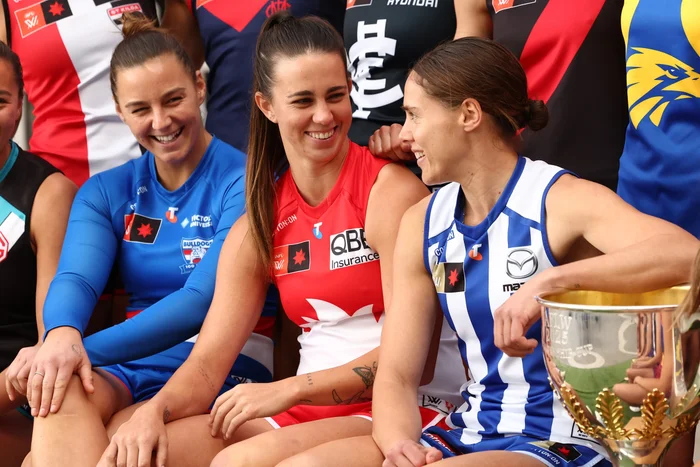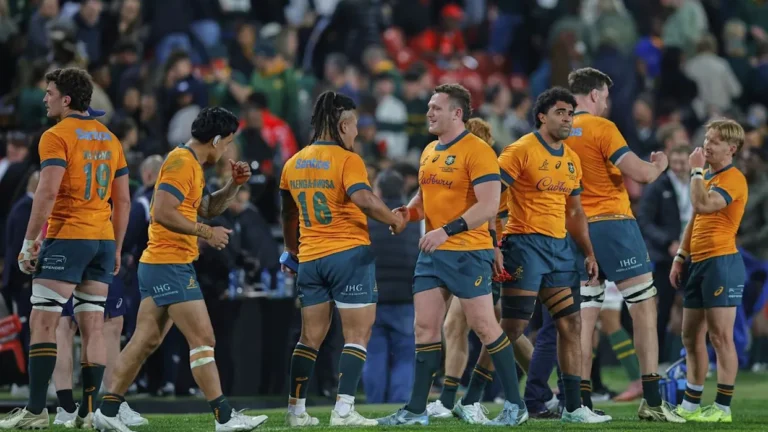
The history of the K League record books has changed. Shin Tae-yong has scored a total of 102 goals in his career. He became the first player in the history of the K League to have a 50 (goals)-50 (assists) record.
The Korean Professional Football Association announced on the 2nd that it will recognize 11 games that were classified as extra matches, including the 1992 League Cup final, as official matches. Team and individual records have been restored,” it said. According to the KFA, the 1984, 1986, 1995, and 1996 championship games were not included in the K League’s official records because they were treated as games that were new to the concept of playoffs (PO). However, the K League has now recognized these 11 games as official matches by improving the way K League records are displayed.
History has a way of changing as records are added. Indonesian coach Shin Tae-yong, a “K League legend,” was counted as having scored 99 goals in his career. However, he added one goal in the 1992 League Cup final and two goals and one assist in the 1995 championship game. That brought his total to 102 goals. Shin became the fourth player in the K League to surpass the 100-goal mark, joining Yoon Sang-cheol, Kim Hyun-seok, and Sasha.
Gimpo FC head coach Choi Jung-woon became the first player in K League history to join the 50-50 club. He was recognized for one assist in the 1992 League Cup and one goal and three assists in the 1995 championship match. He achieved ’50-50′ on July 21, 1999, when he scored in a match between Pohang and Daejeon. This is 731 days ahead of the previous record holder, Kim Hyun-seok of Chungnam Asan, who achieved the feat on July 21, 2001. Go became the newest member of the K League’s 50-50 club.
Koo Sang-beom reached the 200-match mark in his K League career, while Kim Byung-ji broke the record for most appearances in the K League from 706 to 708.
The K League has been using the term “career record” to refer to the overall record of the K League without distinguishing between competitions and leagues. This devalued the meaning of the records. The KFA decided to standardize the mixed classification of competitions and improve the way records are displayed. In March of last year, after collecting opinions from clubs and forming a task force, the change was officially launched. As a result, all team and individual records were categorized into K League 1, K League 2, PO, League Cup, and career. In addition, past matches that were decided by penalty kicks after a draw in regulation time were grouped together as draws.
“By separating the regular league from the PO, we have also ensured consistency in the rankings. Previously, some of the team rankings were based on points and some on PO results. We emphasized authenticity and objectivity by breaking down the overall record.”



